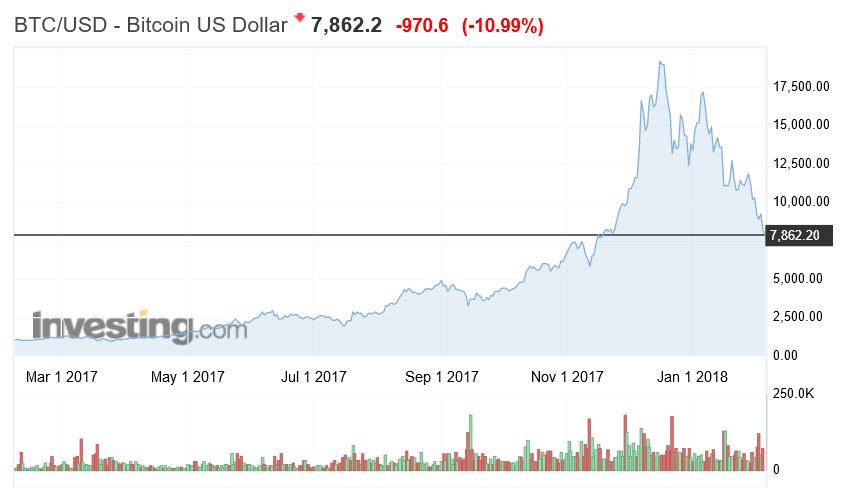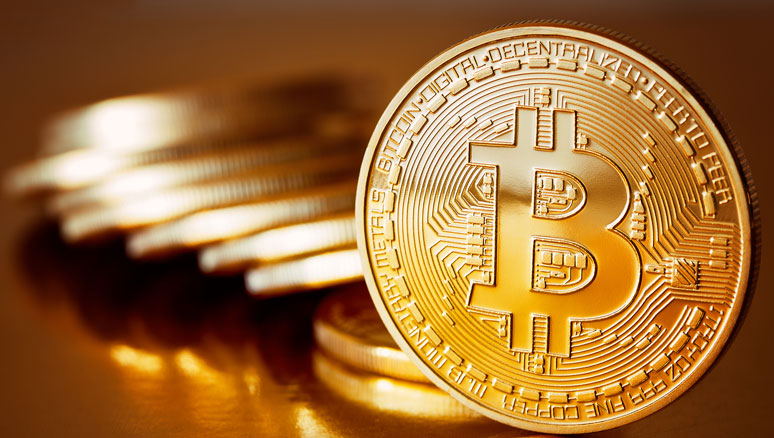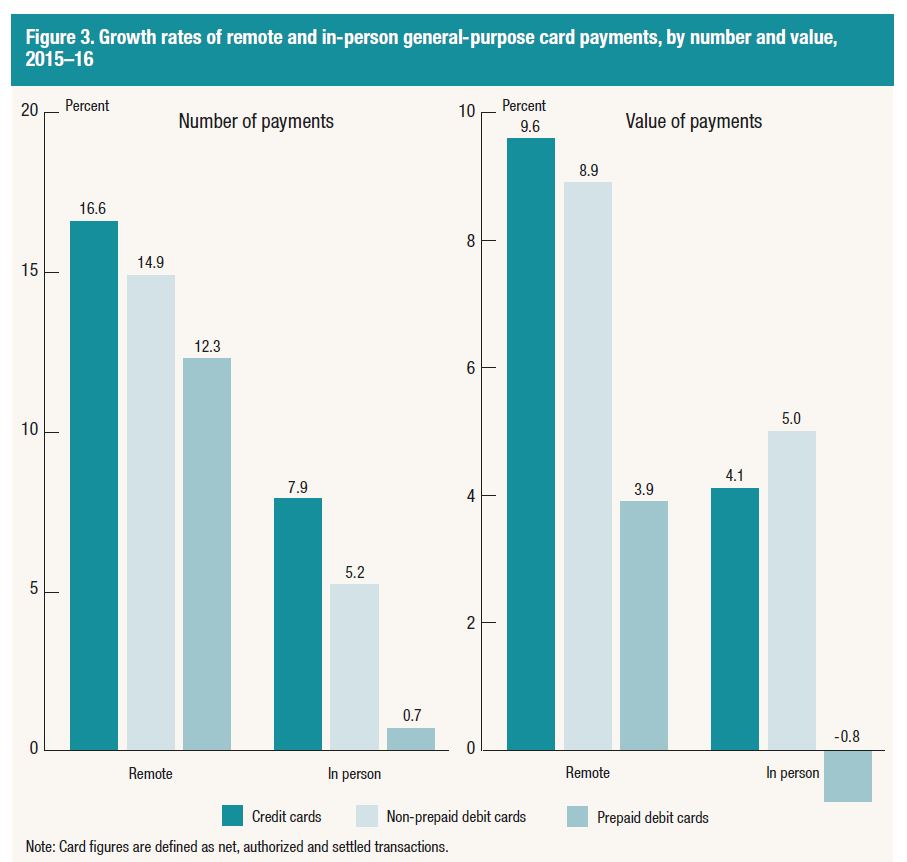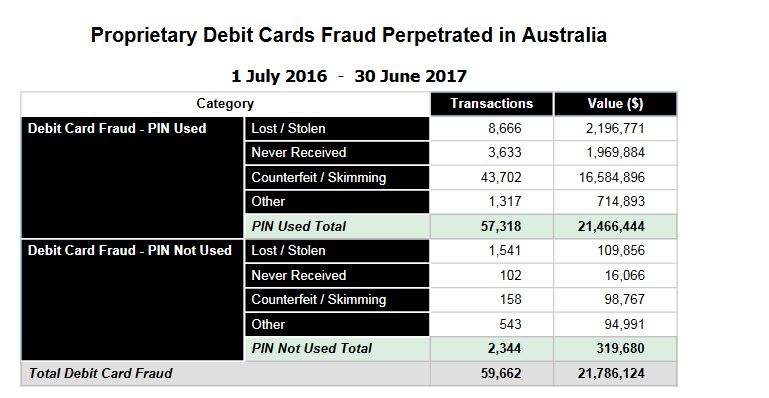So, merchants, do yourself a favour, and ask! You may save on your transaction costs!
Given that payment costs are a significant item for merchants, it is not surprising that merchants pay attention to them. Just as merchants are keen to hold down other business costs, they are also keen to hold down their payment costs. Recently, they have drawn attention to a particular issue that is driving up their cost of payments.
 The majority of debit cards issued in Australia are now dual-network cards, which means that authorisation of cardholders’ debit transactions can occur through different networks – the domestic eftpos network or the debit networks of the international MasterCard or Visa schemes. If you look at your debit or ATM card, there is a good chance it will have an international scheme logo on one side and the eftpos logo on the other.
The majority of debit cards issued in Australia are now dual-network cards, which means that authorisation of cardholders’ debit transactions can occur through different networks – the domestic eftpos network or the debit networks of the international MasterCard or Visa schemes. If you look at your debit or ATM card, there is a good chance it will have an international scheme logo on one side and the eftpos logo on the other.
Traditionally, cardholders have determined how their debit transactions are processed, by pressing either the CHQ or SAV buttons for eftpos or the CR button for the international network, before entering their PIN. However, with the shift to contactless or ‘tap-and-go’ transactions, the processing of debit transactions has been shifting to the international networks. This initially reflected the fact that contactless payments were only available for the international schemes. Most cards and terminals are now also activated for eftpos contactless functionality. However, when card-issuing banks send out dual-network debit cards they are programmed with the international scheme as the first-priority network for contactless use and the eftpos network as second priority.
Most cardholders are indifferent about which network processes their contactless transactions. Both networks can link to the same debit account and cardholders do not directly bear the costs of the transactions. Moreover, there are typically no rewards programs associated with debit transactions, and customers receive similar protections from fraud and disputed transactions, based on the ePayments Code and the chargeback policies of the three schemes.
However, many merchants have a preference for transactions to be processed via the eftpos network, because it is typically less expensive for them. Accordingly, many merchants have been calling for their acquirer banks to provide them with ‘least-cost routing’, i.e., terminal functionality that sends contactless debit transactions via the lower-cost network. Terminals might be programmed to always send dual-network card transactions via a particular network or they might use dynamic rules which identify the lower-cost network for each transaction.
The Bank has had discussions with consumer organisations and staff from the Australian Competition and Consumer Commission (ACCC) as to how least-cost routing might be implemented. We consider that it would be desirable for a merchant implementing least-cost routing to disclose this to customers. Depending on how terminals were actually programmed, this could be by a sign that the merchant will typically send tap-and-go debit card transactions via a certain network, but noting that customers wishing to send transactions via a different network could insert or dip their cards and push the button or keypad for their preferred network. A sign such as this would provide consumers with the opportunity to override the merchant’s preferred network if they wished. Such a framework would seem to be a reasonable balance between the rights of merchants and consumers, and it is likely that consumers would quickly become used to the idea that their transactions could be sent via different networks at different merchants.
The Reserve Bank has taken an interest in dual-network card issues because of the Payments System Board’s mandate to promote competition and efficiency. As the Bank and other observers of the payments system have frequently noted, the nature of competition in the payment card market is often such that it tends to drive up costs to merchants, as schemes increase their interchange fees to persuade issuers to issue their cards. Merchants have typically had little ability to offset these pressures (in the absence of regulatory intervention to cap interchange fees or remove schemes’ no-surcharge rules). However, dual-network cards can potentially offset the pressures for payment costs to rise, because the merchant may be able to steer the consumer to use the lower-cost of the two networks on a card. Accordingly, the Bank has indicated that it supports the issue of such cards in Australia, because they are convenient for cardholders and allow stronger competition between networks at the point of sale, facilitating both consumer and merchant choice.
Some disputes over dual-network debit cards emerged between the debit schemes in 2012-13. However, after a series of discussions with the Bank, in August 2013 the three debit schemes made voluntary undertakings to the Bank that addressed some policy concerns. These included commitments:
- to work constructively to allow issuers to include applications from two networks on the same card and chip, where issuers wished to do this;
- not to prevent merchants from exercising choice in the networks they accept, in both the contact and contactless environments; and
- not to prevent merchants from exercising their own transaction routing priorities when there are two contactless debit applications on one card.
As noted above, most terminals and eftpos cards are now enabled for tap-and-go eftpos transactions. Given the Bank’s views about the potential competition and efficiency benefits of dual-network cards, as well as the earlier commitments by the three debit schemes, the Bank has been liaising with a range of stakeholders over recent months to encourage the provision of least-cost routing functionality to merchants.
However, until very recently, acquirers have indicated reluctance to provide least-cost routing to their merchant customers. This is partly due to the expected systems work, including to reprogram terminals.
In addition, some merchants have expressed concern to the Bank that the international schemes might resist the implementation of least-cost routing. To the extent that transactions via the international schemes are currently more expensive to merchants, a possible outcome of least-cost routing becoming available would be for the international schemes to reduce scheme or interchange fees so that merchants have little incentive to send transactions via another network. However, some merchants are concerned about other possible responses, including that the international schemes might respond to a merchant’s decision to implement least-cost routing of debit transactions by increasing the interchange rates that apply to the merchant’s credit transactions. They have also noted that the international schemes might try to preclude least-cost routing by attempting to persuade issuers to stop issuing dual-network cards. The ACCC is aware of these concerns, and is closely monitoring the situation. With the passage of the Harper reforms, which came into effect in November this year, the ACCC now has even stronger powers to investigate and take action in relation to conduct by the international schemes that might hinder competitive conduct by a lower-cost provider.
The Payments System Board has discussed issues involving dual-network cards in recent meetings. At its 17 November meeting, the Board strongly supported calls from a range of stakeholders for acquirers to provide merchants with least-cost routing functionality for contactless transactions using dual-network debit cards. It requested the Bank staff to continue to engage with the payments industry on this issue, noting that ‘a prompt industry solution was preferable to regulation’.
More recently, the Review of the Four Major Banks by the House of Representatives Standing Committee on Economics has made the following recommendation:
“The committee recommends that banks be required to give merchants the ability to send tap-and-go payments from dual-network debit cards through the channel of their choice.
Merchants should be able to choose whether to route these transactions through eftpos or another channel, noting that consumers may override this merchant preference if they choose to do so.
If the banks have not facilitated this recommendation by 1 April 2018, the Payments System Board should take regulatory action to require this to occur.”
Recent indications are that all four of the major banks are moving to providing least-cost routing if requested by merchants, though in some cases they have indicated this could occur on a fairly extended timetable. We expect that some of the smaller acquirers may be able to move more quickly.
Accordingly, the Bank expects that by early in 2018 there will be concrete indications that a critical mass of acquirers are moving to provide least-cost routing and that the international schemes are not attempting to prevent this. However, if this expectation is not met, I expect that the Payments System Board will consider consulting on a regulatory solution that deals with all the relevant considerations. While of course the measures that could be consulted on will be determined by the Board, I can imagine that this could involve considering whether some or all of the following measures might be in the public interest:
- a requirement that acquirers must provide merchants with least-cost routing functionality for contactless dual-network debit card transactions
- a requirement for enhanced transparency in contractual pricing of acquiring services to merchants
- requirements that schemes publish explicit criteria for any preferred or strategic interchange fees and that any such criteria may not be related to acceptance decisions relating to other payment systems
- anti-avoidance provisions that ensure adherence to the spirit, as well as the letter, of any standard.













